Scott Murray
Senior Member
Ok here is the camera gear that I will be taking to Africa. What do you think? Am I missing anything. Mind you I have a 20kg limit and can only take 2 bags.

Nikon D800
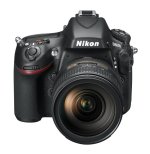
MBP 13inch

80-400mm VR

50mm 1.4D
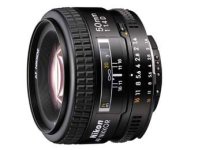
85mm 1.4D
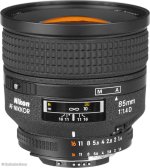
16-35mm VR
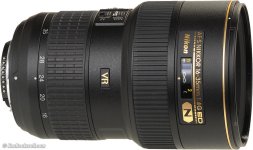

2 x EN-EL18 batteries
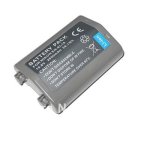
4 x EN-EL15 Batteries
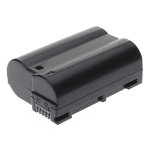
6 x 32gb sd cards

Lacie 1tb hdd
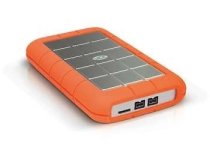
Battery charger
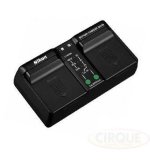
2 x portable charger
View attachment 27793
Nikon D800

MBP 13inch

80-400mm VR

50mm 1.4D

85mm 1.4D

16-35mm VR


2 x EN-EL18 batteries

4 x EN-EL15 Batteries

6 x 32gb sd cards

Lacie 1tb hdd

Battery charger

2 x portable charger
View attachment 27793
